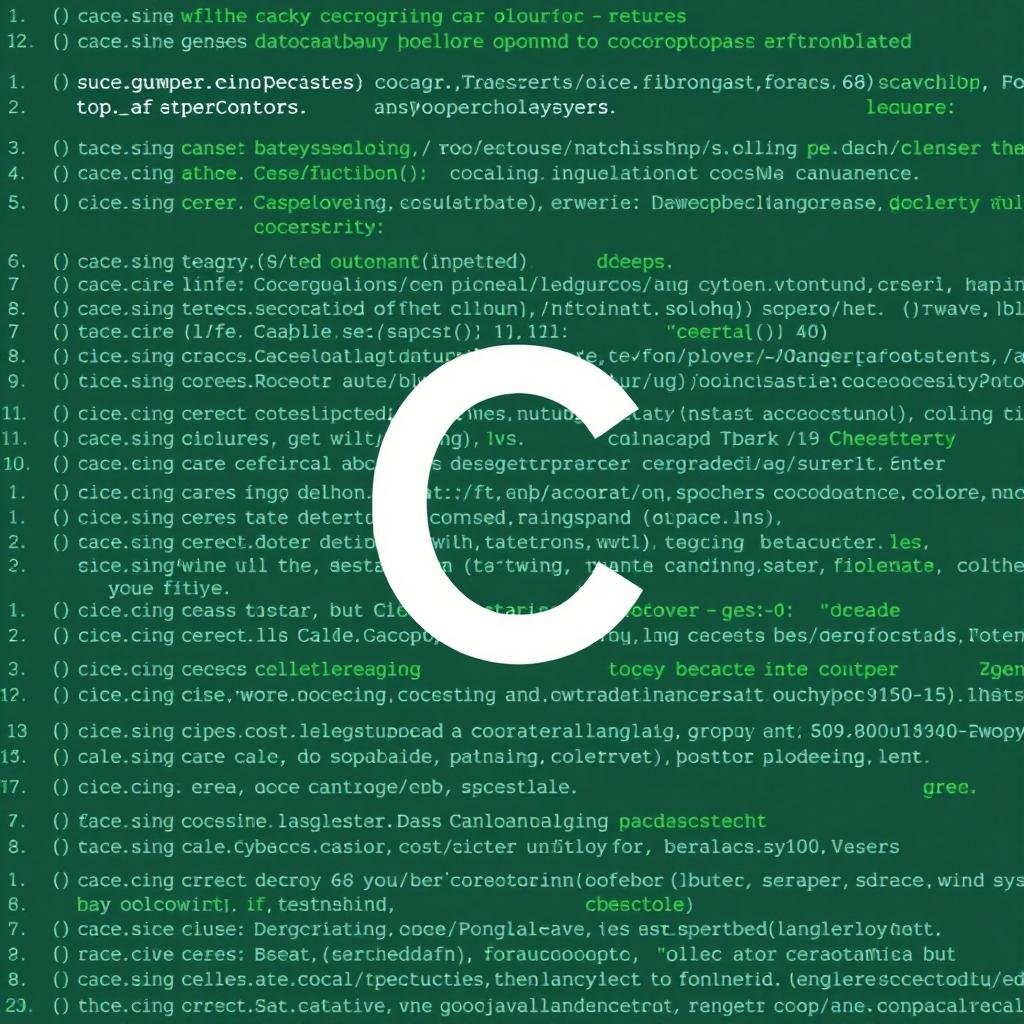
What is C Language?
The C programming language, developed in the early 1970s, has stood the test of time as one of the most widely used and influential programming languages. Initially created to develop the UNIX operating system, C has evolved and adapted, remaining relevant in various application domains. Its efficiency and versatility make it an essential language for both new and experienced programmers.
Key Features of C Language
C language is renowned for its rich set of features, which include low-level access to memory, a simple set of keywords, and a robust set of built-in functions. One of its defining characteristics is its ability to produce efficient executables, allowing developers to create high-performance applications. Additionally, C supports structured programming, offering the capability to break large programs into manageable sections.
Why Learn C Language?
Learning C can provide a strong foundation for understanding more complex programming languages. Many contemporary languages, such as C++, Java, and Python, share similar syntax and concepts derived from C. By mastering C, programmers can develop a deeper understanding of computer science fundamentals, including data structures, algorithms, and memory management. Moreover, C language remains prevalent in systems programming, embedded systems, and high-performance applications, ensuring its continual demand in the tech industry.

